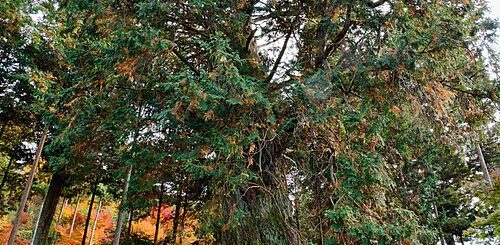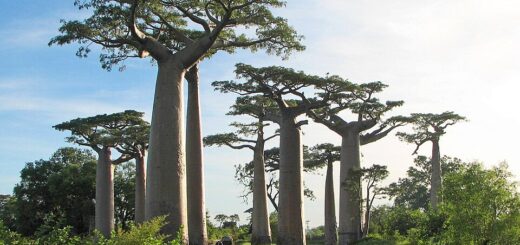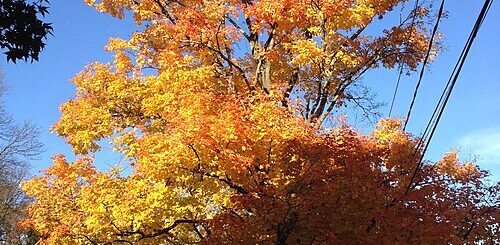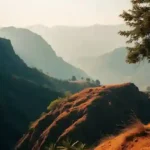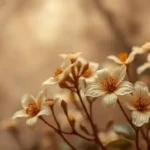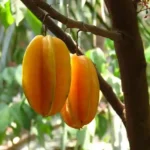Ghost Orchid – Nature’s Elusive Phantom
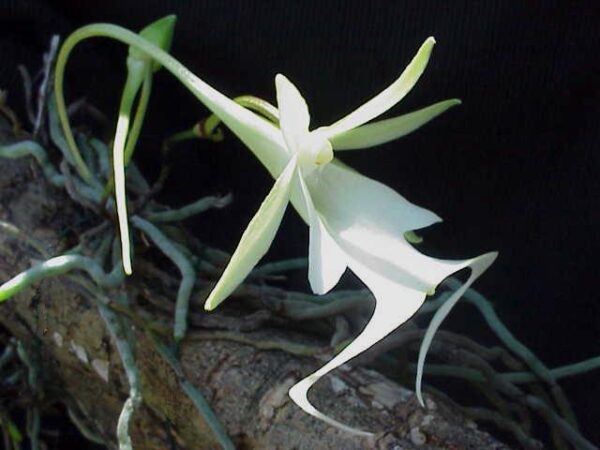
Deep in the swamps of Florida and the humid forests of the Caribbean, a ghost lives—though not the kind that rattles chains or haunts creaky hallways. This ghost floats, appears without warning, and disappears just as quickly. It’s one of the rarest and most mysterious flowers in the world: the Ghost Orchid (Dendrophylax lindenii).
A Flower of Legend
The Ghost Orchid gets its name from its eerie, ethereal appearance. With pale white petals that seem to hover in mid-air, the flower often looks like a ghostly apparition suspended in the dense forest. This illusion is thanks to the plant’s unique growth pattern, its roots cling tightly to the trunks of trees, while its flower blooms several inches away, unanchored by a visible stem.
But the ghostly mystique doesn’t end with its looks. Ghost Orchids are incredibly rare and notoriously difficult to find. They grow in very specific conditions, humid, shaded, swampy environments, and only in a few known places on Earth. Most famously, they haunt the Fakahatchee Strand and Big Cypress Swamp in Florida, where dedicated orchid hunters brave mosquitos, alligators, and waist-deep water in hopes of spotting a single bloom.
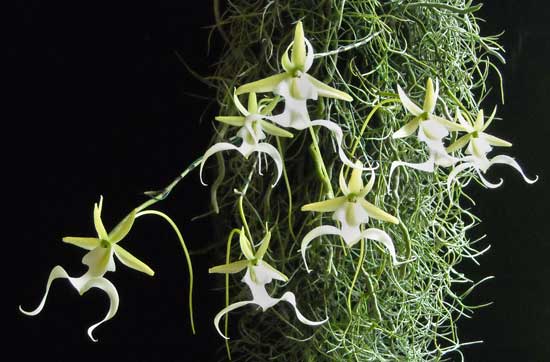
Greenhouse Cultivated Ghost Orchid (Dendrophylax lindenii) – Creative Commons | Author: Jeffalanhale (Jeff Hale) – Source: https://commons.wikimedia.org/wiki/File:Dendrophylax_lindenii_cultivated_by_Jeff_Hale.JPG
A Plant with a Secret Life
The Ghost Orchid is not just rare, it’s also mysterious. For years, scientists puzzled over how the plant was pollinated. Its long nectar spur hinted that it needed a specialized pollinator, and eventually, the culprit was discovered: the giant sphinx moth. This moth has a proboscis long enough to reach the nectar deep within the flower, and in doing so, it picks up the orchid’s pollen.
Still, despite the discovery, so much about this flower remains unknown. Why do some plants bloom prolifically while others stay dormant for years? What subtle cues trigger its flowering? How do climate change and habitat destruction threaten its already fragile population?
A Conservation Icon
Because of its scarcity and beauty, the Ghost Orchid has become a symbol for conservation efforts in the Everglades and other subtropical ecosystems. Poaching remains a real threat, with illegal collectors fetching high prices for rare orchids. But dedicated botanists, researchers, and volunteers are fighting back, using high-tech cameras, remote monitoring, and rewilding projects to protect this elusive plant.
In 2023, a major breakthrough came when conservationists successfully cultivated and reintroduced Ghost Orchids into protected wild environments, a small but hopeful step in ensuring that future generations can experience the magic of seeing one in the wild.
Fragility of the natural world
The Ghost Orchid reminds us of the wonder and fragility of the natural world. It asks us to slow down, listen to the swamp’s quiet pulse, and appreciate the hidden miracles that thrive in its shadows. It’s a flower, yes, but also a whisper from nature, telling us to tread lightly and protect what cannot be replaced.
References:
https://en.wikipedia.org/wiki/Dendrophylax_lindenii

